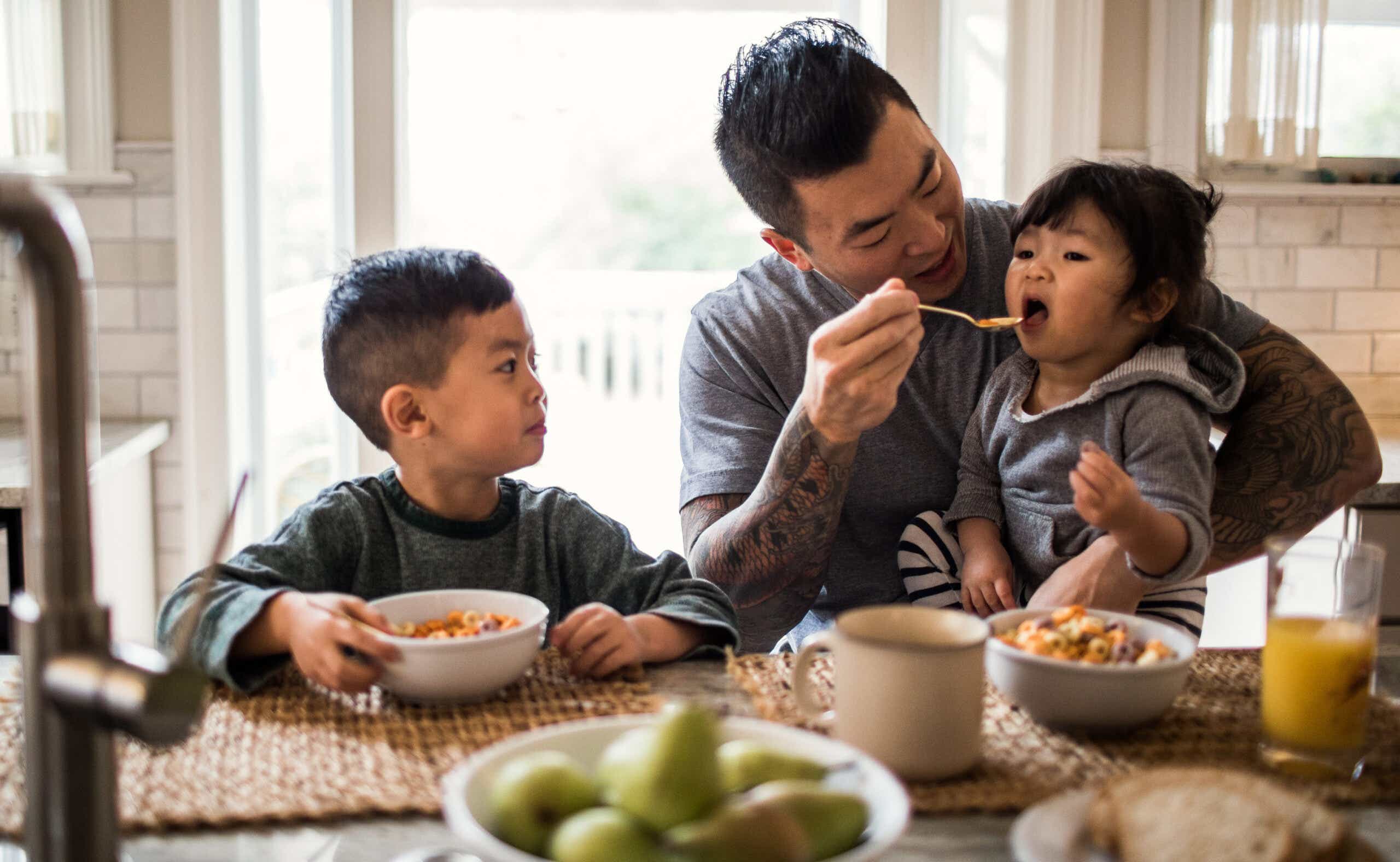“Both of my parents were working professionals and that kind of influenced my decision to want to be a stay-at-home [dad] when I had children,” Chris Hughes told CNBC last year, “because it was difficult as a child to have both parents always at work and to be alone.”
Hughs is far from unusual. According to Bloomberg, since the Bureau of Labor started keeping track in the 1950s, fewer and fewer men in their “prime” working years — between 25 and 54 years old — are either working or looking for work. In October this year, that number accounted for 88.5% of the total, 9 percentage points less than it was 70 years ago. Women meanwhile have seen a relative boom in employment, from about a third of the population in the fifties to 77% in the late nineties, after which the numbers leveled off.
A growing minority
Bloomberg says that economists and policy experts have mainly attributed the slump in men participating in the workforce to shrinking wages, and a decrease in demand for traditionally male-dominated roles, such as in manufacturing. Nevertheless, a small percentage of the men who stay home explicitly say they are doing so to look after their kids. According to the census, in 2022, men accounted for 5% of the one-fifth of U.S. families with a stay-at-home parent, roughly five times the share in the mid-’90s.
The census defines stay-at-home dads pretty narrowly — as husbands in opposite-sex marriages with kids under 15 who say they’re not working in order to care for their family. According to 2019 research by the Pew Research Center, which uses a broader metric, the proportion of fathers who are stay-at-home dads rose from 4% in 1989 to 7% in 2016. As a result, dads constituted 17% of all stay-at-home parents in 2016, up from 10% in 1989. These numbers predate the impact of the pandemic, which saw more dads who were laid off stay at home to care for their kids.
Fighting the bias
Though these small shifts are encouraging, the continued bias in favor of women staying home makes sense in the broader context. As Pew notes, in a 2017 survey of American adults, 77% said women face a lot of pressure to be involved parents, while 40% said women face a lot of pressure to support their family financially. When it came to men, about 76% said that men face a lot of pressure to support their family financially, while 49% said men face a lot of pressure to be involved parents.
There’s undoubtedly a lot of ground left to cover in terms of shifting society’s opinion on gender roles. Recent research in Gender & Society shows that men who are out of traditional work due to being laid off tend to garner sympathy, while those who could work, but choose not to in favor of caring for their children, still suffer stigma.
Men often recall being described as “Mr Mom” — a reference to a 1983 comedy in which the zany conceit is that a man looks after the house and kids — feeling isolated, and even being treated with suspicion in playgrounds. On the other side of the coin, some describe receiving excessive praise for performing even the most basic tasks, like taking their kids to the grocery store.
A post-pandemic shift?
The upshot is, since the Great Recession and the surge of layoffs at the start of the pandemic, it’s been more common for fathers to experience periods as stay-at-home dads, but people are still likely to judge those who do so out of choice. There is some light on the horizon: recent research for the Council on Contemporary Families found that about 70% of U.S. moms can expect to spend at least some time as their family’s primary financial provider before their children turn 18.
As more and more kids grow up in environments where traditional roles are upended, the dads who look after them will hopefully become more accepted and valued for the crucial part they play in their children’s development — and for the professional opportunities, their partners are able to take advantage of as a result.












